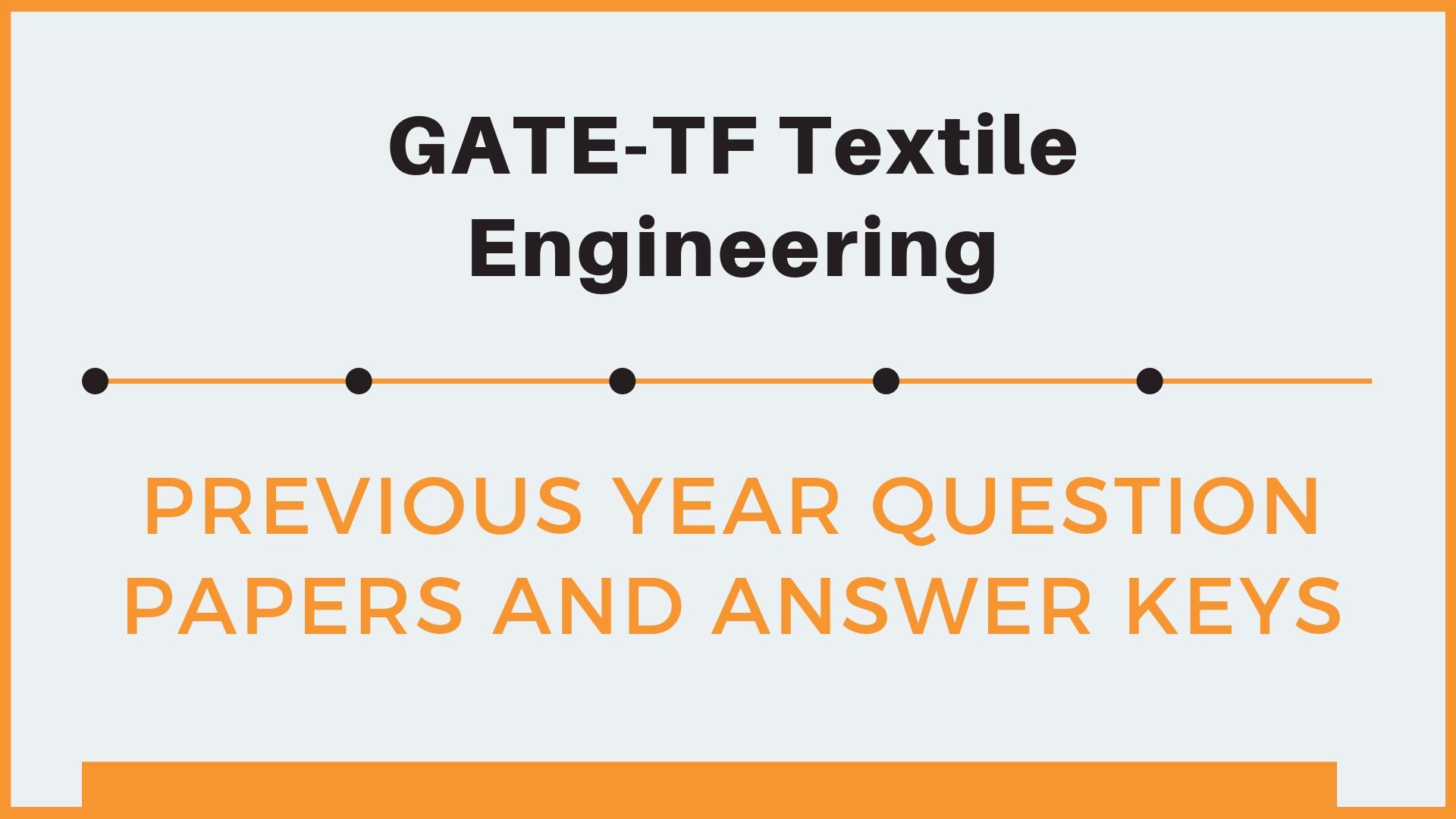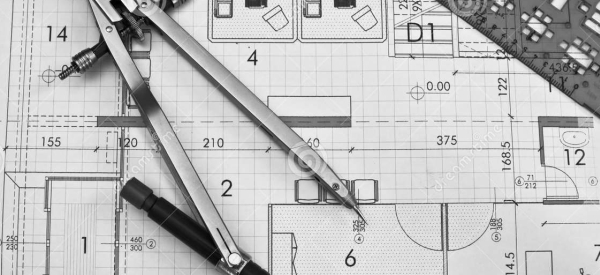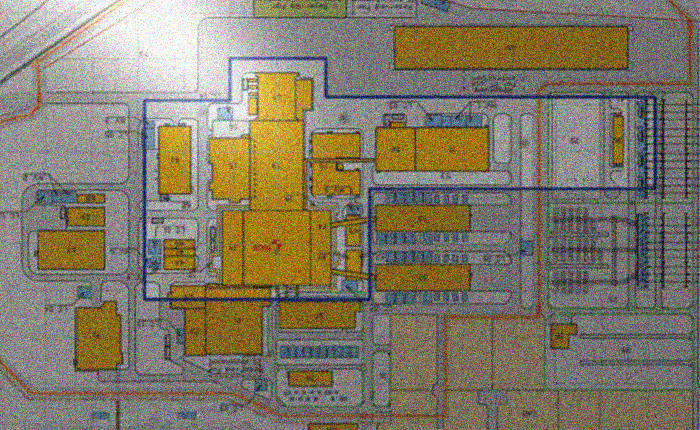Graduate Aptitude Test in Engineering (GATE) is an examination conducted every year by the Indian Institute of Science (IISc), Bangalore and the seven Indian Institutes of Technology to test the credibility of the students for higher education.
The GATE Exam is for a duration of 3 hours and is conducted online. The Question paper has 65 questions of 1 mark and 2-mark each totaling to 100 marks for the entire paper.
GATE TF- Question Pattern
The question paper consists of 2 types of questions:
Multiple Choice Questions (MCQ) – Each MCQ would carry 1 or 2 marks and they are objective in nature, and each will have a choice of four answers, out of which the candidate must choose the correct answer. Keep in mind that there will be negative marking for a wrongly selected answer.
Numerical Answer Type (NAT) Questions -Each NAT question carry 1 or 2 marks and for these questions, the answer is a signed real number, which needs to be entered by the candidate using the virtual numeric keypad on the monitor (keyboard of the computer will be disabled). No choices will be shown for these types of questions. Note that there is no negative marking for a wrong answer in NAT questions and therefore try attempting all the questions.
The score gained for GATE Examination is accepted in more than 900+ institutes across India and is valid for three years post announcement of results.
GATE TF Syllabus:
- Section 1: Engineering Mathematics
Linear Algebra: Matrix algebra, Eigen values and eigenvectors.
Calculus: Taylor series, Mean value theorems, Stokes, Gauss and Green’s theorems.
Differential equations: Cauchy’s and Euler’s equations, Initial and boundary value problems, Laplace transforms and Laplace equation.
Complex variables: Complex number, polar form of complex number.
Probability and Statistics: Definitions of probability and sampling theorems, Poisson, Normal and Binomial distributions, Linear regression analysis.
Numerical Methods: Numerical solutions of linear and non-linear algebraic equations. Integration by trapezoidal and Simpson’s rule.
- Section 2: Textile Fibers
Classification of textile fibers; Introduction to important bast fibres; physical and chemical methods of fiber and blend identification and blend analysis. Molecular architecture, Production process of viscose and other regenerated cellulosic fibres, Melt Spinning processes for PET, polyamide and polypropylene.
- Section 3: Yarn manufacture, Yarn structure and Properties
Drafting operation, roller and apron drafting principle, causes of mass irregularity introduced by drafting; roller arrangements in drafting systems; Principle of ring spinning, forces acting on yarn and traveler, ring & traveler designs, Fibre configuration and orientation in yarn; Cause of fibre migration and its estimation.
- Section 4: Fabric manufacture, Structure and Properties
Different systems of yarn splicing; Features of modern cone winding machines; Different types of warping creels; Dobby and jacquard shedding; Principles of multiphase and circular looms. Yarn clearers and tensioners, Principles of multiphase and circular looms, Principles of weft and warp knitting, basic weft and warp knitted structures.
- Section 5: Textile Testing
Sampling techniques, Measurement of yarn count, twist and hairiness; Classimat fault analysis; Evenness testing of slivers, rovings and yarns; Instruments and systems for objective evaluation of fabric hand. Statistical analysis of experimental results, frequency distributions, correlation, significance tests, analysis of variance and control charts.
- Section 6: Chemical processing
Classification of dyes; Impurities in natural fibre; Dyeing of cotton knitted fabrics and machines used; Styles of printing; Pigment printing; Resist and discharge printing of cotton, silk and polyester; Milling, decatizing and shrink resistant finishing of wool; Antistatic and soil release finishing; Pollution control and treatment of effluents.
For the complete syllabus, click on GATE TF Syllabus 2020
GATE TF Previous 12 Year Papers and Keys
Previous Year Question Papers along with the answer key of GATE- TF Textile Engineering are provided in the links below:
| Sl. No | Year of GATE TF Exam | Download Link |
| 1 | 2019 | Question Paper & Key |
| 2 | 2018 | Question Paper & Key |
| 3 | 2017 | Question Paper & Key |
| 4 | 2016 | Question Paper & Key |
| 5 | 2007 – 2015 | Question Paper & Key |



Can I get keys for Gate Papaer TF 2006 to 2014